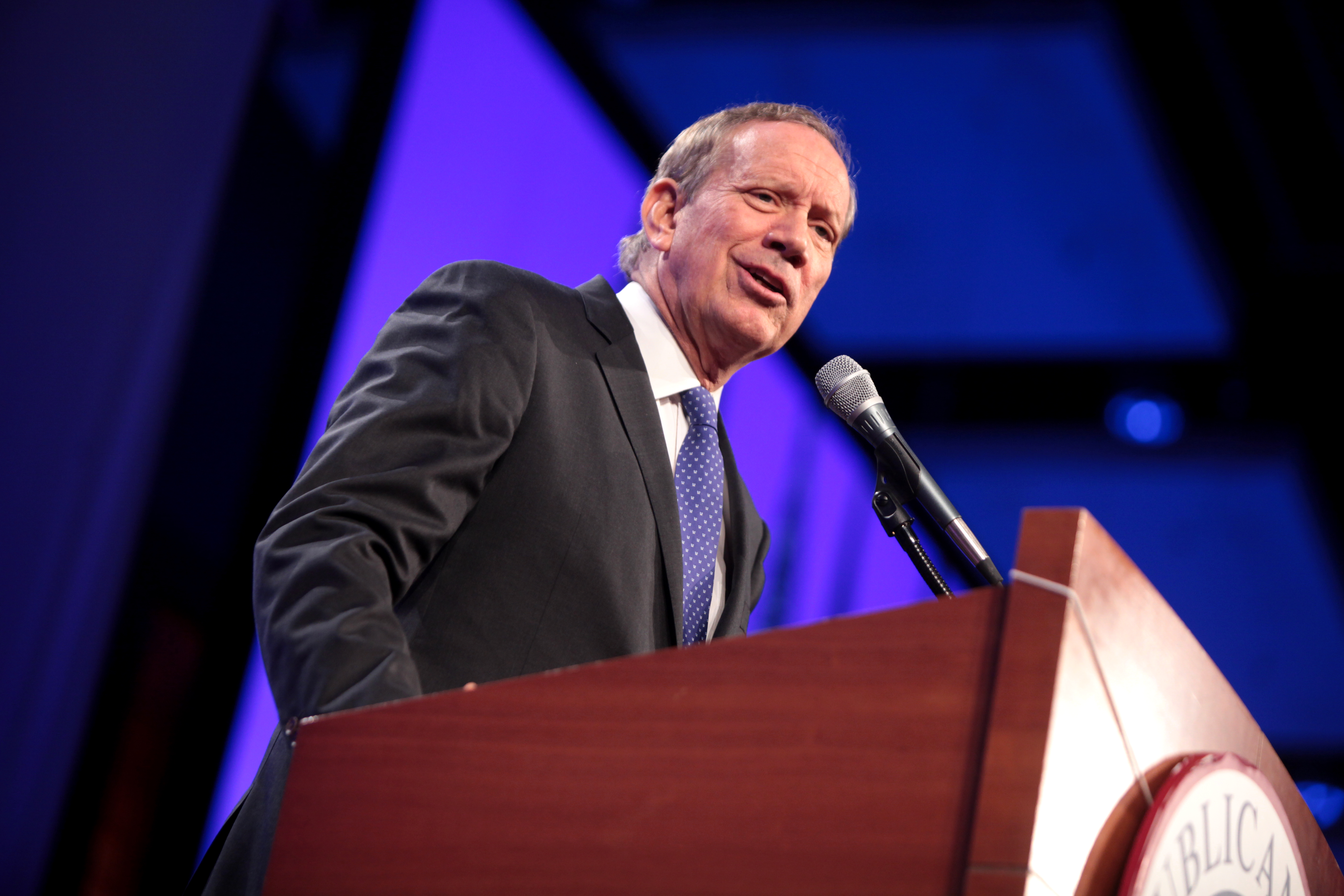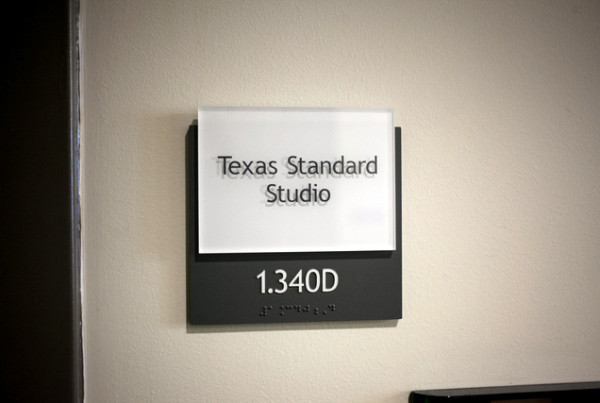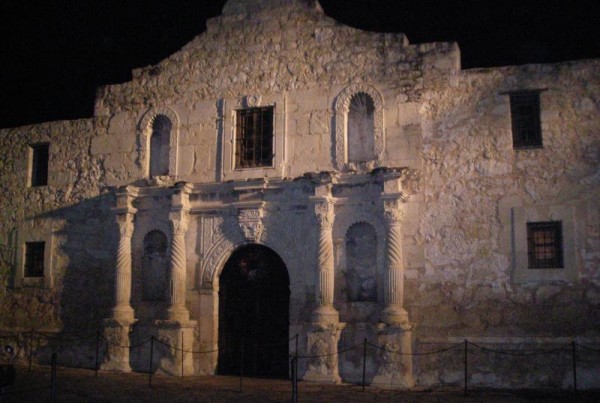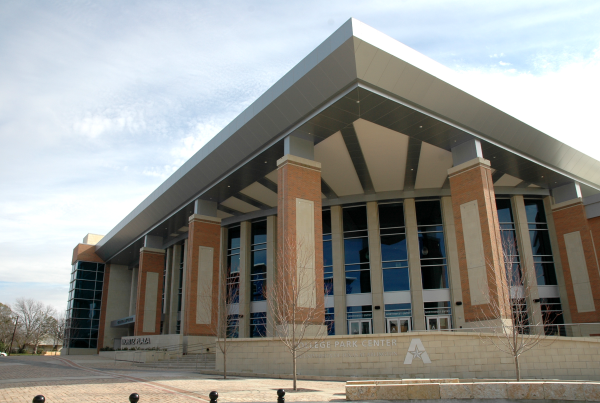On Tuesday many filing deadlines kick in for candidates hoping to get their name on the ballot for party nominations.
Each state has its own requirements for how to do so and the total cost can top a million dollars, more than some campaigns have in their coffers. Other state require lengthy signature-gathering processes. Other states just want a candidate to show up and sign a piece of paper. Whatever the process, the price for failure at this stage can be fatal.
Politico reporter Shane Goldmacher says there’s a few states where the filing deadline has passed, and not every potential candidate made it. That’s the thing about this whole ballot access process, he says. Not all states are created equal when it comes to politics.
“Alabama is one of the few states that have passed [filing deadline] and a few candidates who still say they’re going to run for president aren’t even the ballot,” Goldmacher says.
For example, George Patacki and Jim Gilmore have skipped Alabama entirely. “What that means is when Alabama has its votes on March 1 next year they’re eligible to win none of the delegates, which is of course how you win the nomination,” he says. “As soon as you start conceding, you’re not going to be on the ballot in all 50 states. Your path to actually becoming the Republican nominee for president narrows pretty considerably.”
Depending on the state, filing rules change pretty dramatically, Goldmacher says.
“Sometimes it’s the state parties that set the rules for their own primaries and caucuses,” he says. “In other case the secretary of state for various states will set the rules.”
In some states only registered party members can vote for a party nominee, whether Democrat or Republican. In others, Goldmacher says, anyone can vote.
“It’s a huge hodgepodge of different rules,” he says. “This is a huge logistical lift for these candidates running for presidents. It’s not like you’re planning one race for one election. You’re looking at 50 elections in a row, in a very tight time frame, and you don’t know whether you’re gonna win the first one and even be around for the eighth one.”

















